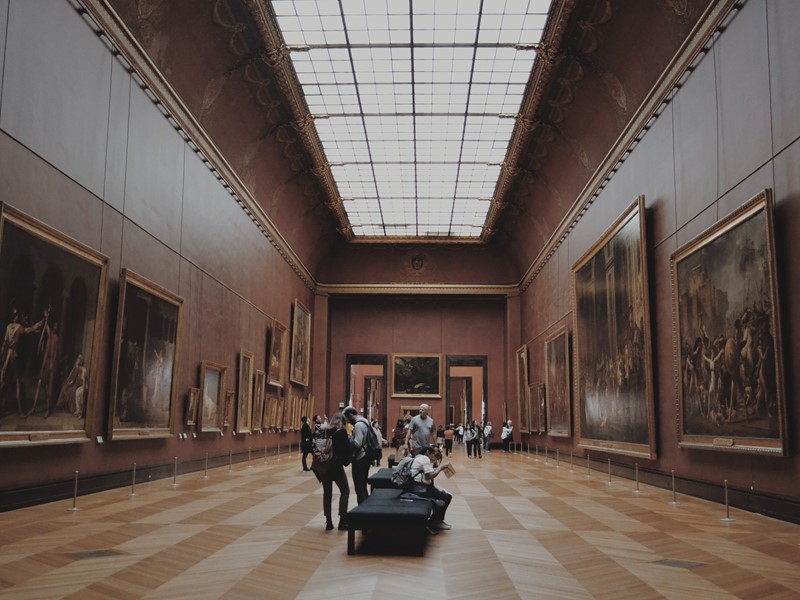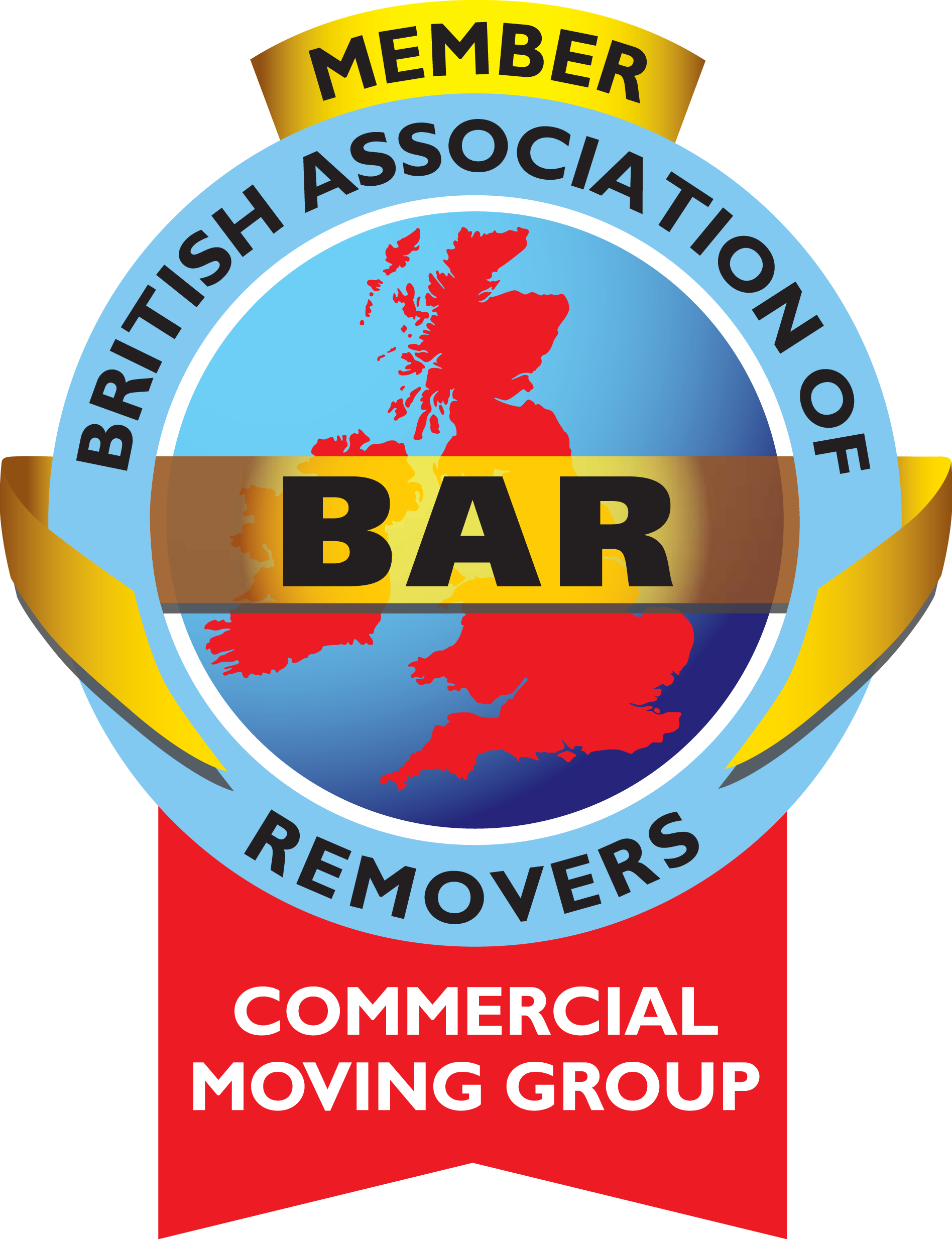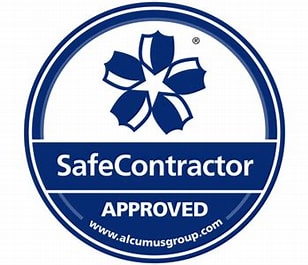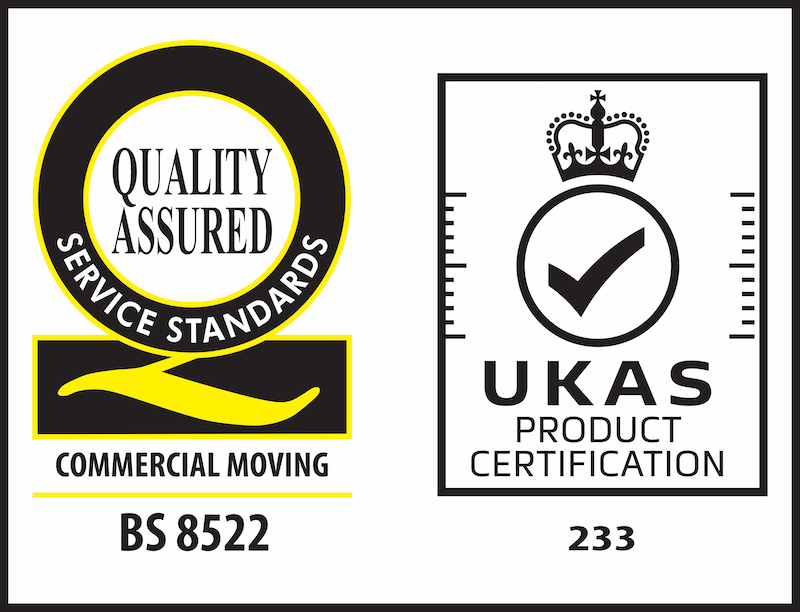How to conduct a heritage site relocation
Andy Crawford takes us through the different aspects of a heritage site relocation

MORE STORIES
- Page 6 of 26
Please click here to chat through what you'd like your Success Story to be.
We sat down with Andy Crawford, director for Scotland and the Northern region at Business Moves Group, to discuss the challenges and solutions when undertaking a relocation project at a heritage site. Andy’s wealth of experience in managing projects beyond typical office moves make him the perfect candidate to provide commentary on this topic.
Q: What is usually involved in a heritage site relocation?
Andy: Typically, a project of this nature would include items that need specialist and sensitive handling. Take a museum relocation, for example. The moving of artifacts or paintings requires extremely careful handling and storing – sometimes in specific atmospheric conditions. This goes beyond physical aspects and includes the temperature and humidity requirements of where such items are stored so they don’t become damaged, warped or develop any form of decay.
There are further transport guidelines that need to be considered, including the security levels required. If you are moving high-profile pieces from one heritage site to another, there may be a specialist security team needed to monitor the pieces along with security tagging to ensure all the pieces are accounted for and safe. We use GPS tracked vehicles, with tail lift facilities and temperature controlled for such projects and ensure that valuable or fragile items are never left alone.
Q: What would prompt a heritage site relocation?
Heritage site projects like these tend to be museums that have outgrown their current location and have more items to exhibit so are upscaling their real estate footprint and moving to a bigger site, whether that be a new heritage site or a more modern facility. On the other hand, some businesses that operate out of heritage sites might find that the space is not designed to suit their needs anymore and therefore they wish to move to grant themselves better conditions and improved space.
Q: What challenges does a heritage site relocation propose?
Oh, plenty. There needs to be a consideration of the space you’re moving out of as well as the items that are being moved. There should be an awareness of how the flooring in the old location is treated to ensure there is no damage or marks left after the move, especially if it is considered a heritage building.
Most of the challenges arise around the different heritage artifacts you have to move. Each individual item will have its own requirements and need special collection wrapping to keep them safe. There needs to be a consideration around how each item is physically handled, as some are delicate and potentially haven’t been touched for a long time. These will need to be assessed for moving and a method statement and risk assessment complied.
The security aspect is one of the biggest considerations. Some of the objects you could potentially be moving have high levels of national heritage, could be worth huge amounts of money or even be considered priceless. Ensuring they are kept under the right surveillance is extremely important.
Q: What are the solutions to such challenges?
To start with, ensuring the right level of security is involved depending on the sensitivity level of the move is key, as well integrating backloading tracking systems. These can record every individual item and are securely and accurately tracked from one location to another so there is accountability for each item.
When beginning the move, using specialist scaffolding to reach high spaces may be required, or an awareness of how the flooring below is being treated to ensure there is no damage or marks left after the move. The vehicle that transports such items to their new location needs to have the right suspension to guarantee a smooth ride and minimising the risk of damage whilst on route.
Finally, ensuring you have the best equipped team for the job is key. Specialist moves like this require specific training beyond what is expected at a standard office or workplace move. This includes the nature of handling such objects and training the team to be prepared for certain eventualities such as adverse weather conditions and issues with site access and egress.
Q: What would be your one piece of advice for anyone undertaking a project of this nature?
I think the number one priority in heritage relocations is the detailed planning of the relocation, drilling down on each individual artefact and items to determine the best process of relocating each piece. Also, have extensive briefings with the client and all our staff at each stage of the project. Ensuring that everyone is up to date on the progress and what risks to consider when working on the move is essential.
The power of communication should not be overlooked.
If you’d like to find out more about heritage moves, contact Andy on acrawford@businessmoves.com. You can also visit our Scotland and Northern England pages to find out more about the other services we offer in those regions.
MORE STORIES
- Page 6 of 26
Please click here to chat through what you'd like your Success Story to be.





